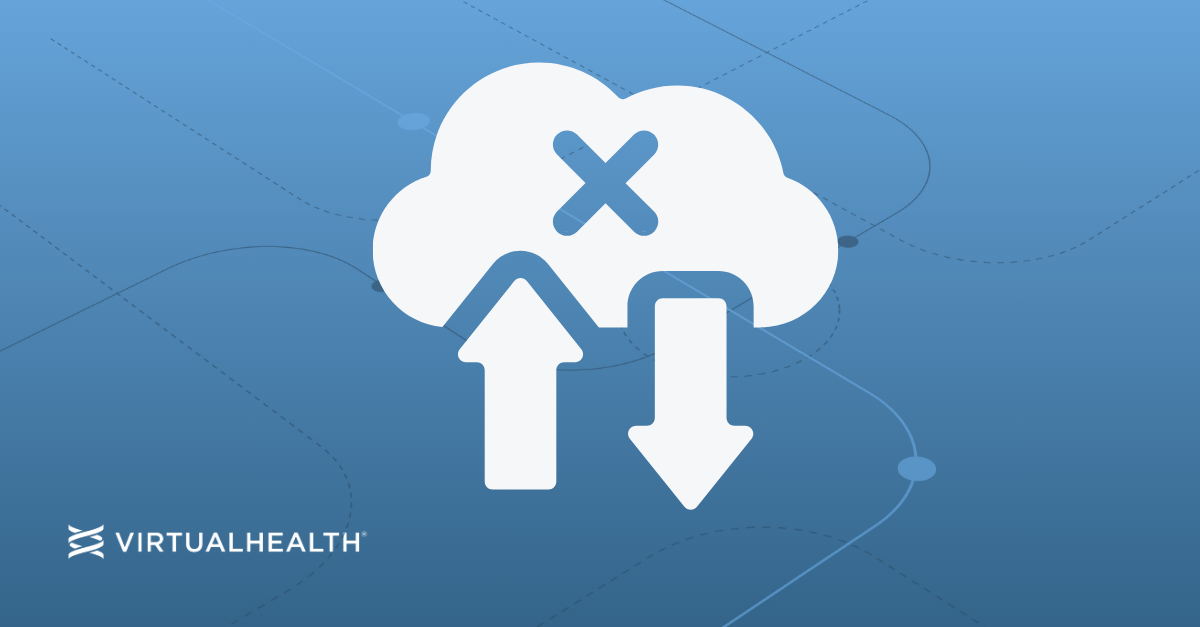Interoperability is currently a big challenge for healthcare organizations using care management and population health technologies. To put it simply, these technologies lack interoperability (or sufficient interoperability). And it’s hurting member care and engagement.
Interoperability is also lacking in utilization management solutions, which contributes to delays in authorizations and getting members the care they need.
Moreover, many of today’s data interoperability solutions are just not interoperable enough. They’re not able to support seamless communications between healthcare payors and providers, and they’re not able to quickly exchange bi-directional feeds.
Why Does Interoperability Matter for Care and Utilization Management?
Interoperability means two systems or software solutions can exchange and make use of information.
In healthcare, interoperability is directly connected to high-quality, affordable, collaborative care. As noted in our recent white paper, interoperability helps:
- Enable seamless communication and knowledge sharing between providers and care teams, including internal and external organizations.
- Resolve issues with various utilization management processes and requirements, including prior authorizations, delays, denials, and reimbursements.
A lack of interoperability is extremely frustrating for providers and can lead to inadequate or erroneous care decisions, fragmented care services, and poorer health outcomes.
A lack of interoperability also creates tense provider-payor relationships, and feelings of distrust, insecurity, and frustration with members thanks to costly miscommunications.
[Read more about the impact of interoperability on collaborative care in our white paper here >]
Why Interoperability is Vital to Improving Member Health Care
Bridging the gap in the healthcare information exchange is vitally important to improving the speed, quality, safety, and cost of care.
The ONC (Office of the National Coordinator for Health Information) notes the following:
“Appropriate, timely sharing of vital patient information can better inform decision making at the point of care and allow providers to:
- Avoid readmissions
- Avoid medication errors
- Improve diagnoses
- Decrease duplicate testing”
But they call out an important point, and this is where true interoperability comes in: “[T]he value of electronically exchanging is the standardization of data. Once standardized, the data transferred can seamlessly integrate into the recipients’ Electronic Health Record (EHR), further improving patient care.”
Interoperability at the highest level is what truly makes value-based care improvements possible. It’s what enables providers to make quick and accurate decisions about care, and not waste their time or a patient’s time asking for the basic information (such as the patient’s name, and recent health history) that should be readily available (only if true interoperability exists).
Enabling True Interoperability: FHIR® and APIs
The silent players behind the scenes, the HL7® FHIR® standard, and today’s many APIs play a crucial role in the level of interoperability available. (It’s why CMS recently ruled that Medicare and Medicaid payors had to implement FHIR® -based APIs for prior authorization in their ruling CMS-0057-F).
APIs are what facilitate the seamless flow of information between disparate systems. It’s why VirtualHealth built HELIOShub to include a FHIR® store for leading implementation guides and a comprehensive API library that allows customers to self-manage import and export operations conforming to FHIR® formats.
How do APIs help with data interoperability?
In the HELIOShub interoperability FHIR® application, you can seamlessly convert data into FHIR® -compatible formats and share newly converted data to other enterprise platforms for seamless data uniformity, care continuity, and greater lifetime value.
Thanks to a library of APIs and no-code tooling, Importing and transforming data from common sources like EHRs, ADT feeds, and UM clinical guidelines is easy with HELIOShub’s no-code, drag-and-drop integration builder.
Learn more about HELIOShub here >
Measuring the Impact of Seamless Interoperability
When interoperability in healthcare is sufficient, it’s seamless. As we move through the year and look toward the near future, seamless interoperability is a critical foundational element. Why? It enables a truly new level of care delivery, member empowerment, and provider-payor collaboration and communication.
The following ROI are attributable to interoperability with HELIOShub:
1. Faster sharing and access to data across care settings and providers
2. Increased efficiency of care delivery within an integrated care delivery model
3. Reductions in costs of care and costs of technologies related to standardizing and exchanging data
4. Reduced burden on IT teams for implementations
5. Reduced time and burden on members and providers for capturing health information multiple times
6. Fostering greater trust and satisfaction with members as care delivery becomes more streamlined and timely
7. Better relationships with providers and payors by eliminating provider abrasion and expediting prior authorizations, reviews, decisioning, and more
It’s clear that enabling data-sharing and insights between healthcare systems (provider portals, EHRS, medical management platforms, etc.), and the users of these technologies, will align with goals to make healthcare more accurate, accessible, and efficient.
Interoperability will enhance existing care and utilization management automations including configurable workflows designed to support more efficient and collaborative processes. It will reduce the time IT teams spend on implementations, and the ability to share and access data in real-time (or near-real-time) will create a highly communicative and connected healthcare ecosystem in which members, payors, and providers benefit. And finally, from a business perspective, payors who choose to solve for interoperability sooner will be. more likely to see increases in revenue and growth thanks to improvements in member experiences, more effective member steerage, and a better ability to meet quality and cost performance goals.

